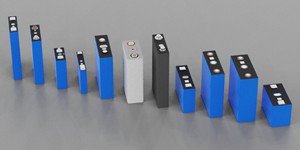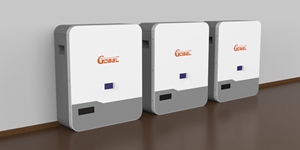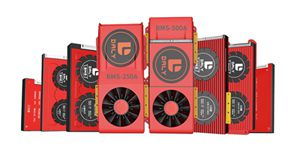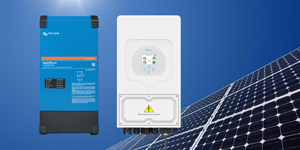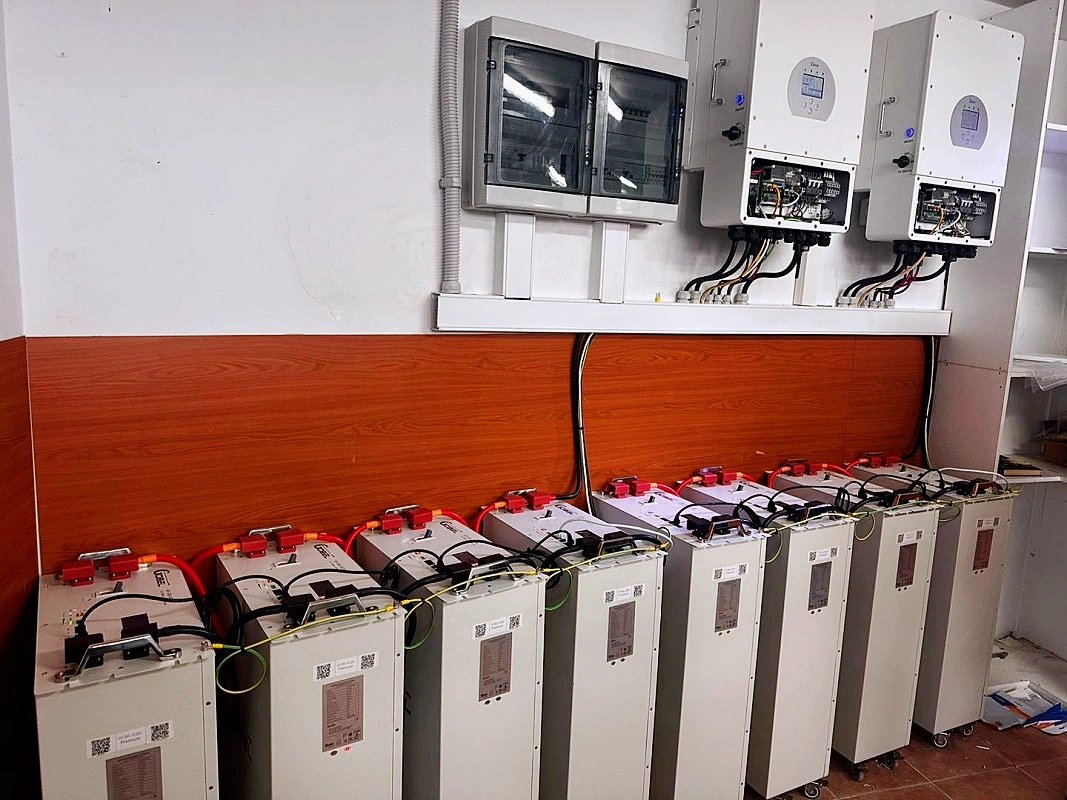10 KEY POINTS TO KNOW BEFORE DIY‐BUILDING A 16S 314AH LIFEPO4 BATTERY
By Kelly posted 2025-09-12 13:35:171. Cell Quality, Matching & Sourcing
Reputable cells: Get cells from known, reliable manufacturers. Avoid questionable sources. Defects or inconsistencies are dangerous, especially in a large pack.
Matching cells: Ensure all cells are of same batch/specs (capacity, internal resistance). For a pack this large, small differences multiply. Pre-test each cell (open-circuit voltage, internal resistance) before assembly. Balancing depends on this.
2. Proper Cell Configuration & Wiring (Series & Parallel)
In a 16S pack, you have 16 cells in series. For 314Ah capacity, you likely have parallel groups (e.g. P-cells in each series group). The wiring layout must minimize resistance, ensure uniform current, avoid high voltage drop.
Use proper busbars or thick copper/appropriately rated conductor material. Tight, low-resistance connections. Good mechanical support. Insulate well.
3. Battery Management System (BMS)
This is critical.
The BMS must be designed for LiFePO₄ chemistry. It must support 16S (i.e. the right voltage).
It must have adequate current rating (both continuous discharge and peak/surge) with safety margins. Don’t underspec.
Features needed: cell voltage monitoring, overcharge/overdischarge protection, overcurrent protection, short-circuit protection, thermal (temperature) monitoring, possibly low-temperature cut-off.
Cell balancing: either passive or active balancing. For large packs and high capacity, balancing current matters to avoid cells diverging over time.
4. Voltage Limits, Charge/Discharge Rates & Depth of Discharge (DoD)
LiFePO₄ cells have nominal voltage ~3.2V, fully charged ~3.60-3.65V, fully discharged around ~2.5V/cell (but going so low reduces life). Operating in reasonable band (e.g. 3.0-3.6V) helps.
Charge current: keep within recommended “C” rate. Charging too fast raises internal heating, stress. For many LiFePO₄, ~0.5C is safe; sometimes 1C for short durations. But cooling matters.
Discharge current likewise must be within spec. Surges or continuous high current can degrade cells or cause heat.
Depth of Discharge: regularly discharging to near zero reduces cycle life. Staying in maybe 10-90%, or 5-95% of full range, preserves longevity.
5. Temperature Management
LiFePO₄ performs best and lasts longest in moderate temperatures. Both charging and discharging at extreme temperatures damages them. For example, charging below 0 °C is risky unless special cells or internal heaters are used.
Provide adequate cooling, heat dissipation. Avoid hotspots. Mount temperature sensors in BMS at representative points. Use thermal management (air flow, possibly heat sinks or thermal pads).
Insulation: ensure enough protection from external cold/heat, but also avoid trapping heat unnecessarily.
6. Mechanical Safety, Enclosure & Layout
Physical protection of cells: avoid mechanical stresses, vibration, shocks. Mount cells so they’re supported, not moving around. Use cell holders or spacer insulators. Fish paper or insulating material between cells to avoid short circuits.
Enclosure: non-conductive base, flame-retardant materials if possible. Provide venting path in worst case (thermal runaway, gas release). Keep combustible materials away.
Avoid exposed metal parts that could short. Insulate busbars, terminals. Use correct washers, correct torque on bolted connections, avoid over-tightening.
7. Wiring, Fusing & Protection Devices
Main positive and negative terminals: use appropriately rated fuse / circuit breakers to protect against short circuit or accidental connection. One on the pack, possibly also individual fuses for parallel strings depending on design.
Use correct gauge wiring: wires that can handle the maximum current with acceptable voltage drop and minimal heating.
Ensure polarity is correct. Reverse polarity is very dangerous. Use keyed connectors or design such that misconnection is unlikely.
8. Charge Controller / Charger Compatibility
Charger must support LiFePO₄ profiles: the right voltage limits, current limits. Some chargers made for lead-acid are not safe for LiFePO₄. Using improper charging can overcharge, undercharge or damage.
Use chargers with CC-CV mode: constant current then constant voltage. At end of charge, current taper down. Float charging (holding fully charged) is usually not needed / can stress cells under high voltage for long time.
9. Monitoring & Maintenance
Monitor cell voltages, temperatures, and current in real-time if possible. BMS with data logging, Bluetooth or CAN communication helps. Catching out-of-balance cells early can prevent trouble.
Periodic checks: check all series groups’ voltages, cell balance; check wiring tightness; inspect for corrosion, swelling or physical damage.
Storage: if storing for long periods, let pack rest at partial state of charge (e.g. ~50 %) rather than full or empty. Store somewhere dry, moderate temperature.
10. Safety: PPE, Handling, Emergency Preparedness
Wear proper safety gear: insulated gloves, goggles when working with cells or wiring. Avoid metal jewelry.
Tools: Use insulated tools where possible. Be very careful when using metal at high voltages or currents.
Have fire suppression ready: suitable fire extinguisher (class that works on lithium / electrical fires). Know what to do in case of thermal runaway, venting, short circuits.
Keep battery pack in safe location: away from flammable materials, good ventilation, possibly inside fire-resistant enclosure.
Bonus / Specific Considerations for 16S 314Ah
Because your pack is large:
Thermal mass is significant: any heat generated (especially from internal resistance or balancing) will build up. Better cooling design is more important.
Surge / peak currents: a large Ah means large possible currents. Plan for wiring & connectors accordingly; avoid hotspots.
Cost & weight: balancing trade-offs. For example heavier busbars are more safe but add weight / cost.
Redundancy: possibly redundant safety features (dual temperature sensors, backup cutoffs).
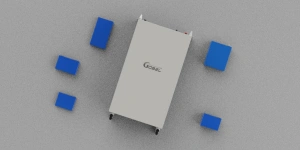
 Europe Warehouse
Europe Warehouse